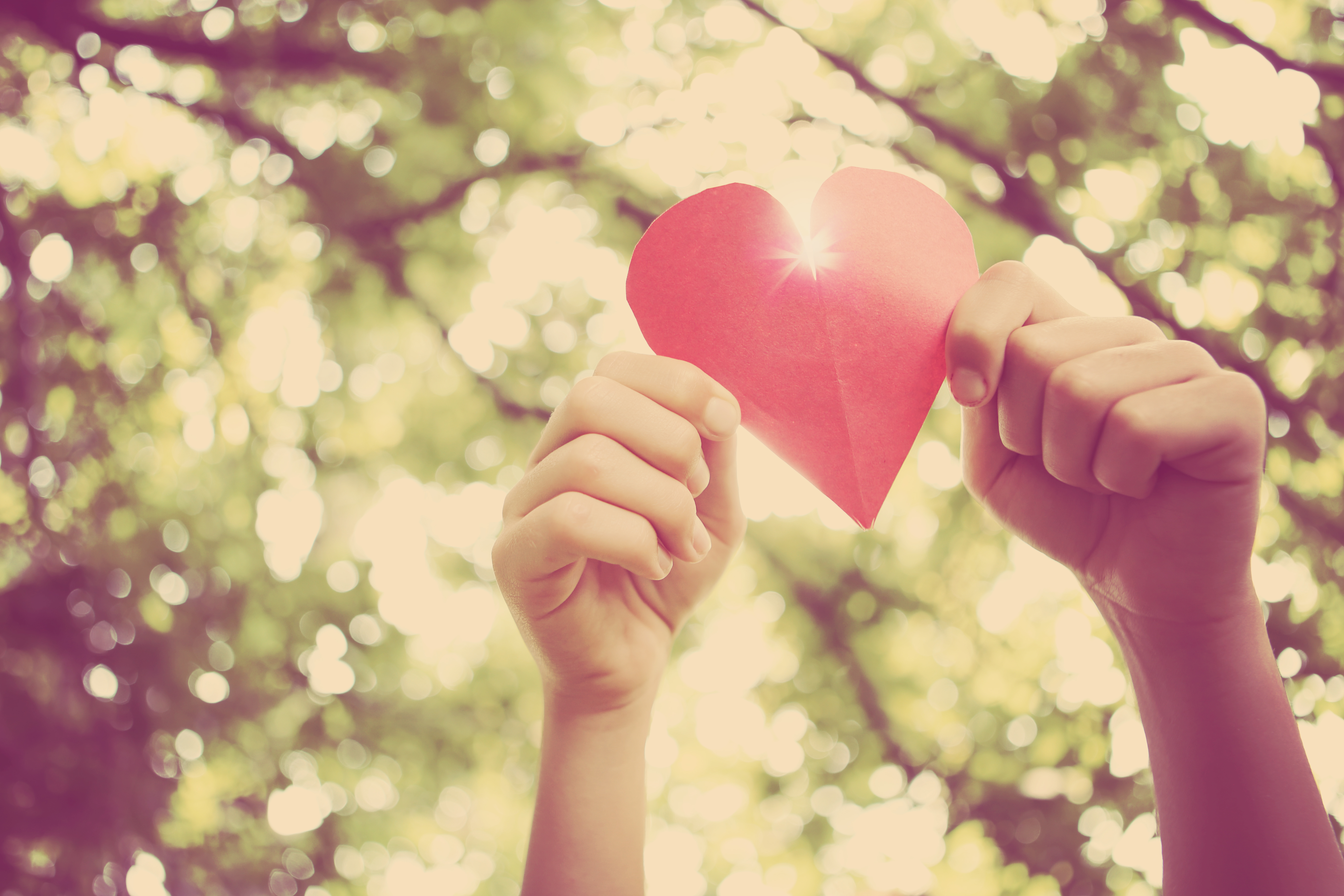There is a point where many of us find ourselves questioning whether we’ll ever find it possible to live a life without fear.
For me, it was on just another September day in 2014, and I was working at a Bronx public school. The American school system, in general, had entered an age where lockdown drills (along with evacuation procedures, anti-bullying campaigns, and suicide awareness) had become a regular facet of elementary school life. Columbine and Sandy Hook were still much more than distant memories pervading our collective consciousness.
“OK, friends. Are we ready? On the count of three now … one … two … three … lockdown.”
I could hear the pitter pitter pat of teeny, tiny, tip-toeing feet as the Pre-K class on my roster (at the time, I was a writing teacher working with grades Pre-K through 5) rushed hurriedly in the darkness. In seconds, we all huddled together in a tight corner of the room—out of reach and view from every window.
We then waited for that first lockdown drill of the school year to be over.
Now as a product of the Bronx, as a woman, as a minority, I didn’t necessarily find any of this shocking. You see, my world—and the worlds of others like me—had never felt very safe to begin with. There was always this understanding that everything could be taken away, in an instant, by anyone harboring a single angry thought. The culture of systemic violence and despair had, for decades, entrenched itself deep within urban and impoverished areas of our country. And so, I was no stranger to fear.
And yet in that moment, it all still seemed rather tragic. These were Pre-K children, completely unaware of the danger they were practice-hiding from.
Where were we all headed?
Fast forward to the present day, and it’s incredibly clear that our country is facing a crisis of identity. It is nearly impossible to turn our attention to the news and social media without seeing another story about the opioid crisis, suicide, and other ailments of human despair. It’s no wonder that we’re so anxious.
It’s also interesting how, simultaneously, there exists this greater push for wellness, mindfulness, spirituality, and meaning. For every article gravely warning about our losing war on drugs, there’s an upbeat anecdotal on the scientifically proven benefits of meditation. We are approaching a new era … perhaps one of hope?
As for me, I’ve found myself looking for the best strategies to personally handle these fears and anxieties on my own terms. Sometimes they’re the big fears, like the possibility of a real lockdown. But the little fears have their own way of adding up. Sometimes, it’s the little fears that can dig deep into my psyche, too.
Despite it all, there came a point in which I had to acknowledge a dangerous world, and yet decide to somehow become a light within it. If there is fear, it would be my job to instill hope. If there was sadness, then I needed to search tirelessly until I could find laughter.
In doing so, I made some very small, yet incredibly significant changes in my life that have already yielded positive dividends in return. I’d like to take a moment to share some of them.
1. I practice Yoga. It may sound cliché, but there is something so incredibly meaningful and empowering about discovering the mind and body connection, on your own terms. Each time I stretch just a little bit deeper, each time I hold a pose just a little bit longer, each time I concentrate just a little bit harder, I can sense those bits of inner tension just seamlessly melt away. In these moments, I allow myself to feel safe. To just be.
2. I meditate. It can sometimes feel as if my life has kicked into some crazy unpredictable, unstoppable, overdrive. As a result, I find myself needing to take a few moments of quiet and solitude in order to be one with myself within the world. Some may find similar solace through prayer.
3. I remind myself to empathize. Now, this can take on many faces. As an adult, sometimes it requires reaching deep within the memory bank of my own personal, very human, experiences before casting judgment. As a teacher of students with special needs, the process can be more physical. For example, at home, I’ve turned the lights off, closed my eyes, and felt around a room in order to better understand the perspective of a visually impaired child.
4. I am getting better at setting boundaries. This has always been somewhat of a weakness of mine—not in that I invade the personal space of others, but rather I’ve been too accommodating in allowing others to infiltrate my own. It’s okay to love and support others while still setting your own personal parameters. If you accept it, expect it.
5. I ask for “the wisdom to know the difference.” There are moments that have fallen upon me, and others in which I successfully advocated for myself, thus creating change. I’m reflecting upon that which I can control, but more importantly, I’m focusing on how I respond. Not react. Respond.
Do I always have the right answers? No. Do I still have questions and insecurities? Absolutely—as much as the next person. But in a chaotic, anxiety-provoking world, I am seeking and striving towards being a light in the darkness, imperfections and all. And as time goes on, perhaps I’ll find more personal habit changes to add to my list. I will keep growing, keep trying. There is more fight I have to give.
How about you?


